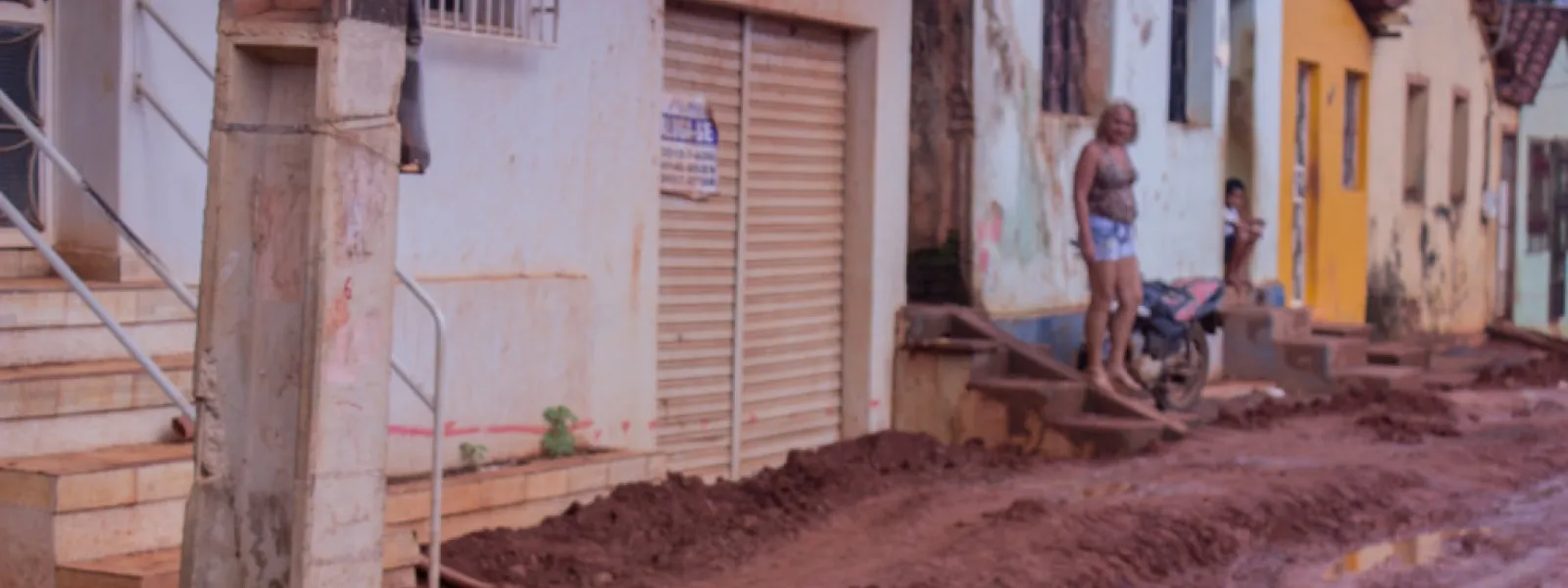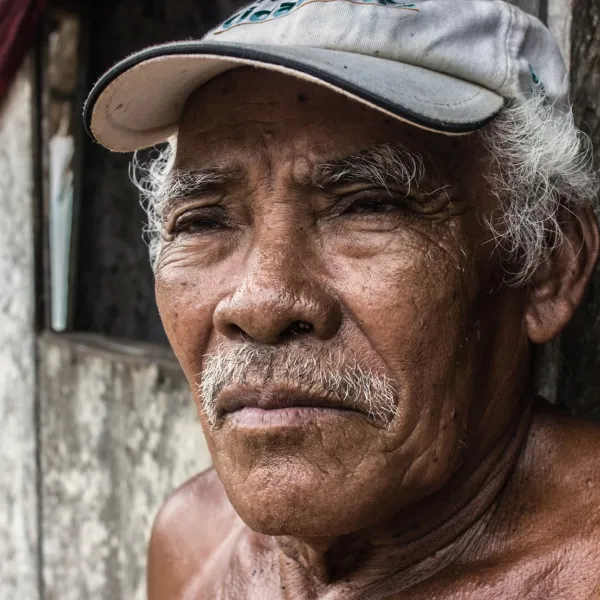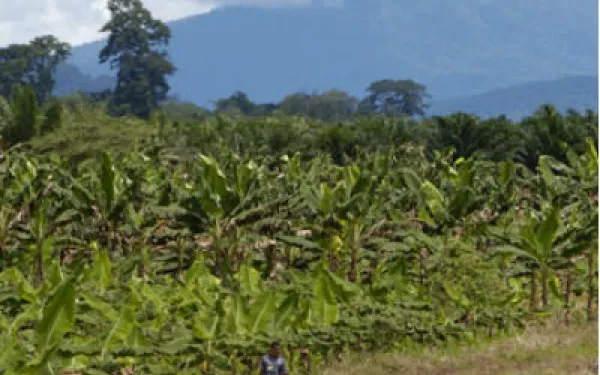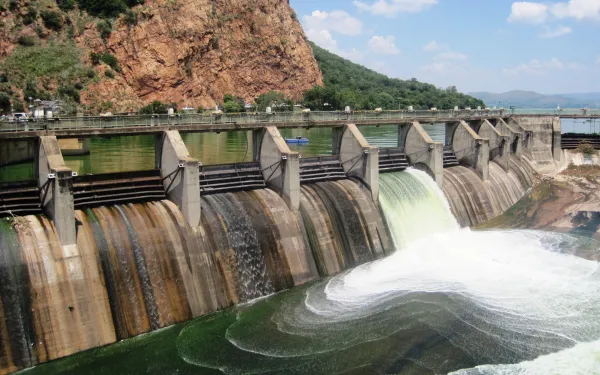
Project
Photo: Maíra Irigaray / Amazon WatchHolding Brazil accountable for the Belo Monte Dam
When fully operational, Belo Monte will be the third-largest dam in the world, constructed in one of the most important ecosystems on the planet: the Amazon rainforest. It sits on the Xingu River in Pará, a state in northern Brazil. The reservoir will cover 500 square kilometers of forest and farmland—an area the size of Chicago.
For the people of the Xingu, construction of Belo Monte has meant loss of access to water, food, housing, work and transportation. At least 20,000 people have been displaced.
The government and construction consortium began to construct the dam without first consulting the people of the region, many of whom are indigenous. They flouted international human rights law, which requires the free, prior and informed consent of affected indigenous communities. Brazil also failed to comply with precautionary measures issued by the Inter-American Human Rights Commission, which were intended to protect the life, health, and integrity of local communities.
Though Belo Monte began operations in May 2016, it is not yet operating at full capacity. In April 2016, a federal court suspended the dam's operating license because the consortium in charge did not complete basic sanitation works in Altamira, the city nearest to and most affected by the dam.
Partners:

Related projects

Environmental Impact Assessments Necessary for Informed Consent
In January 2009, Muriel Mining Corporation moved into the department of Chocó, Colombia to launch Mandé Norte, a project for the exploration and development of copper, gold, molybdenum and other minerals. The US-based company began the project without proper consultation, and without the free, prior and informed consent of the local ethnic groups that would be directly affected by the mines. Consultation with the affected communities did not begin until 2006, a year after the company was awarded the mining contract. What's more, several of the affected communities were not invited to participate in the consultation process, and those that participated were not represented by traditional authorities. Then, despite serious objections raised by Afro-Colombian and indigenous communities, the consultation process was concluded in August 2008. This project took place during a difficult period of Colombia’s armed conflict.The Inter-Church Commission for Justice and Peace, a Colombian human rights group, filed a legal action for protection against the mining project. AIDA contributed to the action by submitting an argument (in Spanish) demonstrating that without an adequate environmental impact assessment to analyze the project's social and environmental impacts, the affected communities would have no basis to give or deny consent, as required by international law. The Colombian Constitutional Court ruled on the case in the T-769 Sentence of 2009 (in Spanish), ordering the suspension of exploration and production activities and the awarding of licenses for the project. It also ordered a new consultation to meet both national and international standards, and required the completion of accurate environmental impact studies. AIDA has prepared a summary sheet (in Spanish) to make it easier to understand the sentence. The ruling in this case set a key precedent by incorporating and recognizing, for the first time, the right of ethnic groups to free, prior and informed consent. It was a breakthrough in the recognition of the rights of ethnic groups in Colombia. Both the Ministry of the Interior and the mining company sought an annulment of the constitutional sentence. But AIDA intervened (in Spanish) to defend the sentence against the annulment requests, as did the Colombian Commission of Jurists (in Spanish), Dejusticia (in Spanish), Harvard and Diego Portales (in Spanish). These efforts paid off. On March 12, 2012, the Constitutional Court upheld its decision (in Spanish) on Mandé Norte. Without this ruling, the mining project would have had serious social and environmental impacts on the biodiverse region of Chocó, damaging crop animals, rivers and the mountain of Caraperro, long considered by indigenous peoples to be a sacred site. The project would have both physically and culturally harmed the local indigenous peoples, and would have caused the deterioration of traditional economies. At AIDA, we work to defend the right to a healthy environment and the protect human rights of communities and ethnic groups against powerful interests. Follow us on Twitter: @AIDAorg "Like" our page on Facebook: www.facebook.com/AIDAorg
Read moreLives of no return: Stories behind the construction of Belo Monte
By María José Veramendi Villa, senior attorney, AIDA, @MaJoVeramendi When you start the descent by plane to the city of Altamira in Pará, Brazil, the darkness of the night is interrupted by the bright lights of worksites a few kilometers outside the city where construction of the Belo Monte dam is underway. That’s when things turn bleak. On a recent trip to the area I was able to see how the situation of thousands of residents – the indigenous, riverine and city dwellers of Altamira - continues to deteriorate. Their communities and livelihoods are being irreversibly affected and their human rights systematically violated by the construction of the hydropower plant. When night becomes day From the plane, the lights from the worksites are just momentary flashes. But for the indigenous and riverine communities closest to them, those lights have brought a radical change to their lifestyles. José Alexandre lives with his family in Arroz Cru, a waterfront community located on the left bank of the Volta Grande, or Big Bend, of the Xingu River in the municipality of Vitória do Xingu. The community is in front of the Pimental worksite. His entire life has been spent in the area, where hunting and fishing are major activities. But everything changed when construction of the dam started.
Read more
The link between international environmental law, human rights and large dams
The article is an update and reissue of two chapters of the report Large Dams in the Americas: Is the Cure Worse than the Disease, written by Jacob Kopas and Astrid Puentes Riaño. The article identifies “the main obligations, standards, decisions and international law applicable to large hydropower plants that our governments should use in the planning, implementation, operation and closure of these projects." The article is divided into two parts. Chapter I offers an overview of the main standards, the legal framework of international human rights and environmental law as well as the decisions and international jurisprudence applicable to the cases of large dams. In Chapter II, this framework is applied to the cases of human rights abuses caused by the degradation of the environment through the development of a large dam.
Read more